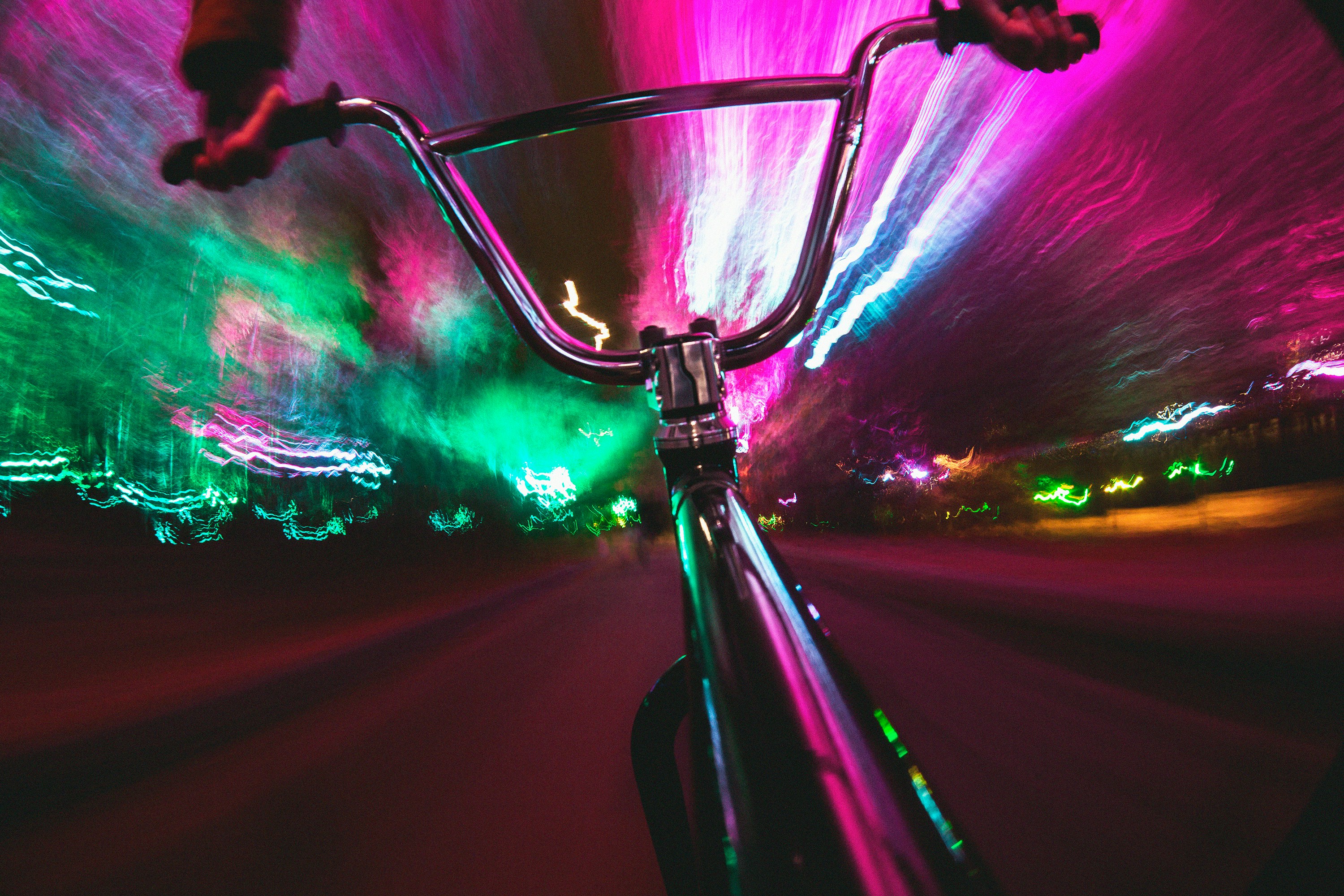Reimagining Reality: The Unprecedented Boom of Virtual Reality in Performance Art
The world of performance art is undergoing an extraordinary transformation. The advent of virtual reality (VR) technology has provoked new ways of artistic expression, immersing audiences in a realm of unimaginable experiences. This article delves into the revolutionary journey of VR in performance art.

A New Dimension of Artistic Expression
The incorporation of VR in performance art is a relatively recent development. Its roots trace back to the late 20th century when VR first emerged as a tool for gamers. However, artists quickly recognized its potential for creating immersive narratives. Over the years, VR has evolved, becoming a powerful medium for artists to push the boundaries of traditional performance art.
The Present: Virtual Reality Meets Performance Art
The global pandemic has forced the world to grapple with an unprecedented shift towards the digital realm. This has accelerated the integration of VR into performance art. Artists worldwide are leveraging this technology to create performances that transcend physical boundaries. A notable example is the groundbreaking VR opera “Current, Rising” by the Royal Opera House, which merges dramatic music, stunning visuals, and interactive elements to enthrall audiences.
The Impact: Shaping the Future of Performance Art
The influence of VR on performance art has been profound. It has expanded the scope of what is possible in live performances, offering immersive experiences that traditional methods cannot replicate. The reception of VR-based art has been largely positive, with critics praising its ability to transport audiences into new, fantastical worlds.
The Significance: Redefining Audience Engagement
VR has revolutionized the way audiences engage with performance art. Unlike traditional performances, where the audience is a passive observer, VR places the viewer at the heart of the narrative. This interactive element, coupled with the ability to experience art from anywhere in the world, has democratized access to performance art.
The Road Ahead: The Promise of Virtual Reality
While VR has already made significant strides in performance art, it is only the tip of the iceberg. As technology evolves and becomes more accessible, it is set to redefine the landscape of performance art. Artists will continue to explore innovative ways of using VR to create more immersive and engaging experiences.
In conclusion, the integration of VR into performance art marks a radical shift in the way we experience and interact with art. It presents exciting possibilities for the future, promising a new era of immersive, interactive, and accessible performance art. This evolution underscores the transformative power of technology in the arts, catalyzing a revolution that is poised to change the face of performance art forever.




